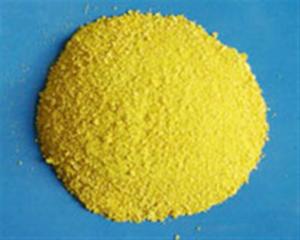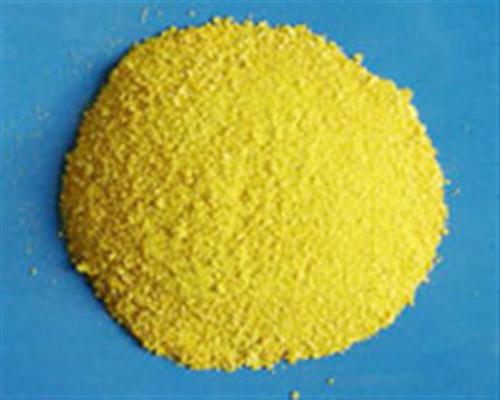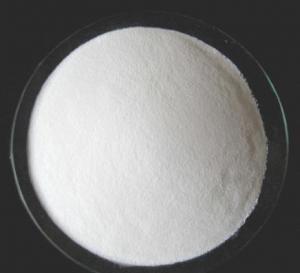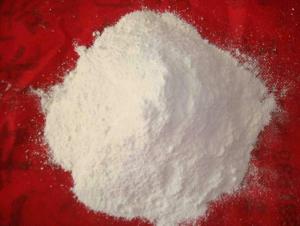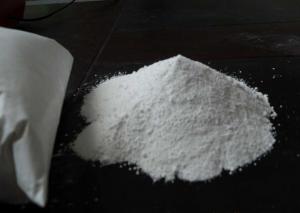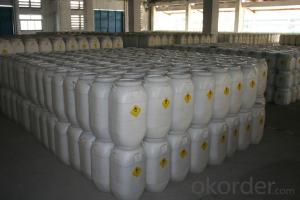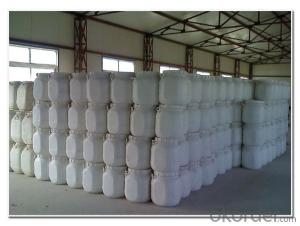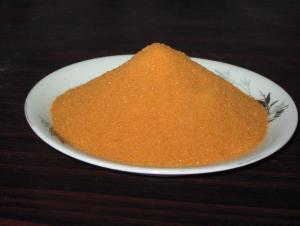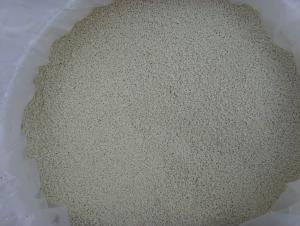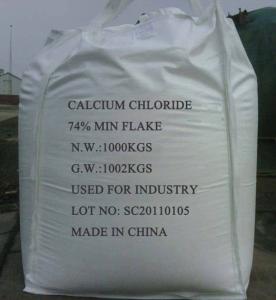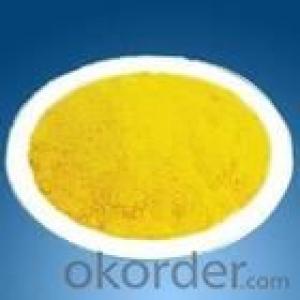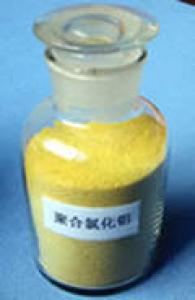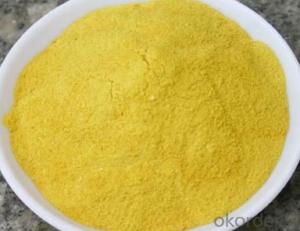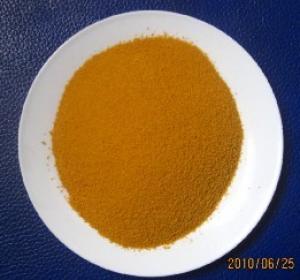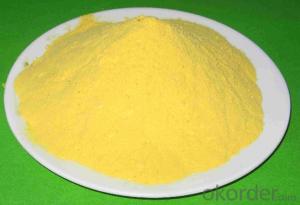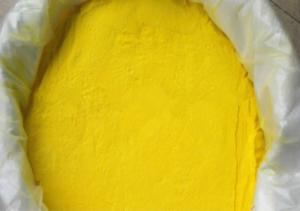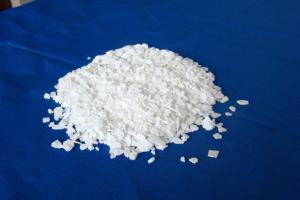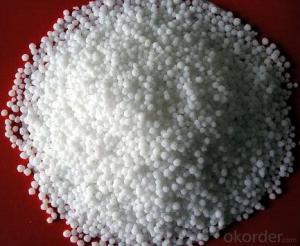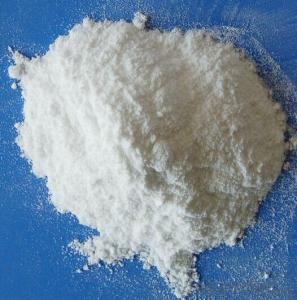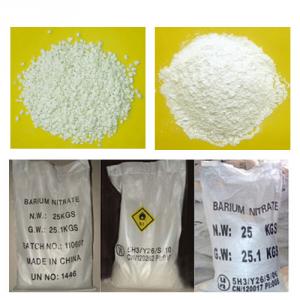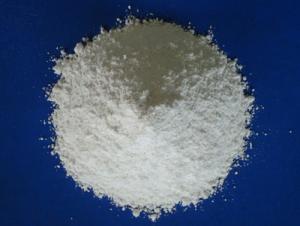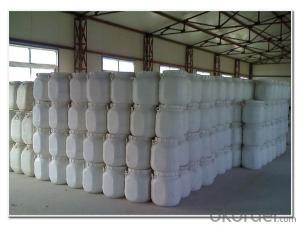Water treatment chemical PAC for drinking water food grade
- Loading Port:
- Tianjin
- Payment Terms:
- TT OR LC
- Min Order Qty:
- -
- Supply Capability:
- 6000 m.t./month
OKorder Service Pledge
OKorder Financial Service
You Might Also Like
Polyaluminium chloride PAC 30%min
1. Features of polyaluminium chloride
a. highest grade raw materials
b. light yellow powder
c. Low heavy metal
d. High AL2O3, 30% min
2. Specification of polyaluminium chloride
Industrial water grade:
Properties: sandy beige fine powder use spray drying technology.
Usages: The product is widely used for industrial water and wastewater treatment, such as those containing radioactive substances, lead (Pb + +) chromium (Cr + + +) highly toxic heavy metals and fluoride (F) sewage. In addition, also use in precision casting, paper, leather, etc.
Item | Specification guaranteed |
AL2O3 % Min | 30 |
Basicity 8% | 50-90 |
Max. water insoluble % | 0.05 |
PH value(1% content in water) | 3.5-5.0 |
Drinkable water treatment:
Properties: Lemon yellow fine powder use spray drying technology.
Usages:The product is widely used for drinking water treatment, also use in precision casting, paper, leather, etc.
Item | Specification guaranteed |
AL2O3 % Min | 30 |
Basicity % | 70-85 |
Max. water insoluble % | 0.1 |
PH value | 3.5-5.0 |
Fe, %, ≤ | 0.2 |
As, %, ≤ | 0.0002 |
Mn, %, ≤ | 0.0075 |
Cr 6+ %, ≤ | 0.0005 |
Hg %, ≤ | 0.00001 |
Pb %, ≤ | 0.001 |
Cd %, ≤ | 0.0002 |
Milk white PAC
Properties: White fine powder use spray drying technology.
Usages: Mainly used for portable water, urban sewage purification; in food processing industry, it's mainly used as sugar decolorization clarifying agent; as sizing auxiliary in paper mills; For cloth anti-creasing
Item | Specification guaranteed |
AL2O3 % Min | 30 |
Basicity % | 40-60 |
Max. water insoluble % | 0.01 |
PH value | 3.5-5.0 |
Fe, %, ≤ | 0.2 |
As, %, ≤ | 0.0002 |
Mn, %, ≤ | 0.0075 |
Cr 6+ %, ≤ | 0.0005 |
Hg %, ≤ | 0.00001 |
Pb %, ≤ | 0.001 |
Cd %, ≤ | 0.0002 |
3. Packing of polyaluminium chloride
20kg / 25kg / 900kg / 1000kg Plastic Bag
- Q: What to eat can promote the absorption of inorganic salts
- Transpiration on the absorption of inorganic salts has little effect, the book or which exercises on the image shows the problem
- Q: Sodium bicarbonate is not an inorganic salt
- Yes, organic refers to salts with carbon skeleton chains other than carbon and carbon oxides and carbonates, so sodium bicarbonate is an inorganic salt
- Q: How much of the body's inorganic salts account for the weight of the body?
- The inorganic salts in the human body account for about 5%
- Q: Is it possible to adjust the internal temperature of the carbohydrate in the vacuole
- multi-cell plant cells are living in the individual within the water environment, but this environment with the human body's internal environment can only be similar is not the same, and plant cells and no extracellular liquid this argument.
- Q: What is the most important inorganic salt in plant growth?
- The inorganic salts required by plants are nitrogen, phosphorus and potassium containing inorganic salts, and if any lack of plants will affect the normal growth of plants, nitrogen is a component of many important organic compounds in the body, such as protein, nucleic acid, chlorophyll , Enzymes, vitamins, alkaloids and some hormones contain nitrogen. Nitrogen is also the basis of genetic material in all organisms, the most important protein, it is often in the center of metabolic activity.Now is to limit the growth of plants and the formation of the primary Factor. It also has a significant effect on improving the quality of the product.K2 is dissolved in the plant juice, and its main function is related to the metabolism of the plant.The content of phosphorus in the plant is second only to nitrogen and potassium, Phosphorus plays an important role in plant nutrition. Almost all important organic compounds in plants contain phosphorus. Phosphorus is involved in photosynthesis, respiration, energy storage and delivery, cell division, cell enlargement and other processes in plants.
- Q: Does the milk contain inorganic salts?
- Calcium, phosphorus, potassium .1L milk can provide 1g of calcium, and milk calcium and phosphorus ratio of 1.2: 1, close to human milk (human milk 1: 1), digestion and absorption rate, it can ensure that the baby's calcium Need milk milk in the very few, only 0.2mg / 100g, for the human milk 1/5, the baby, such as milk-based food feeding, the need to timely add iron and vitamin C foods such as egg yolk, liver mud, In addition, the milk also contains copper, zinc, manganese, iodine, molybdenum and other trace element
- Q: What are the important physiological functions of inorganic salts in cells
- As a result of metabolism, every day a certain amount of inorganic salts from a variety of ways out of the body, which will be added through the diet. The metabolism of inorganic salts can be judged by analyzing the concentration of blood, hair, urine or tissue. The role of inorganic salts in the human body is interrelated. In the appropriate concentration range beneficial to the health of people and animals and plants, lack or too much can cause disease, and disease and affect its metabolism, often increase its consumption. In China, the lack of calcium, iron and iodine is more common. Selenium, fluoride and other geochemical environment with the different, both the lack of disease such as Keshan disease and Kashin-Beck disease, teeth, etc., there are too many diseases such as fluorosis and selenium poisoning.
- Q: The inorganic portion of bone tissue is made of what complex mineral salt ?
- hydroxyapatite - Ca10(PO4)6.(OH)2 - which covers the calcium and phosphorous that are needed for bone development And just so you know, plants don't have "bones" - your question was posted in Botany.
- Q: What is the use of inorganic salts and organic salts?
- The organics are compounds containing carbon, and the inorganic salts are salts containing no carbon. For example, we usually eat sugar is organic matter, salt is inorganic salt.
- Q: Of the dissolved salts found in seawater, _____ % are minor inorganic salts, or trace.
- it's definitly one of these: 99.28 .72 72 50 i think it's 99.28. lemme no if you get it right!!
Send your message to us
Water treatment chemical PAC for drinking water food grade
- Loading Port:
- Tianjin
- Payment Terms:
- TT OR LC
- Min Order Qty:
- -
- Supply Capability:
- 6000 m.t./month
OKorder Service Pledge
OKorder Financial Service
Similar products
Hot products
Hot Searches
